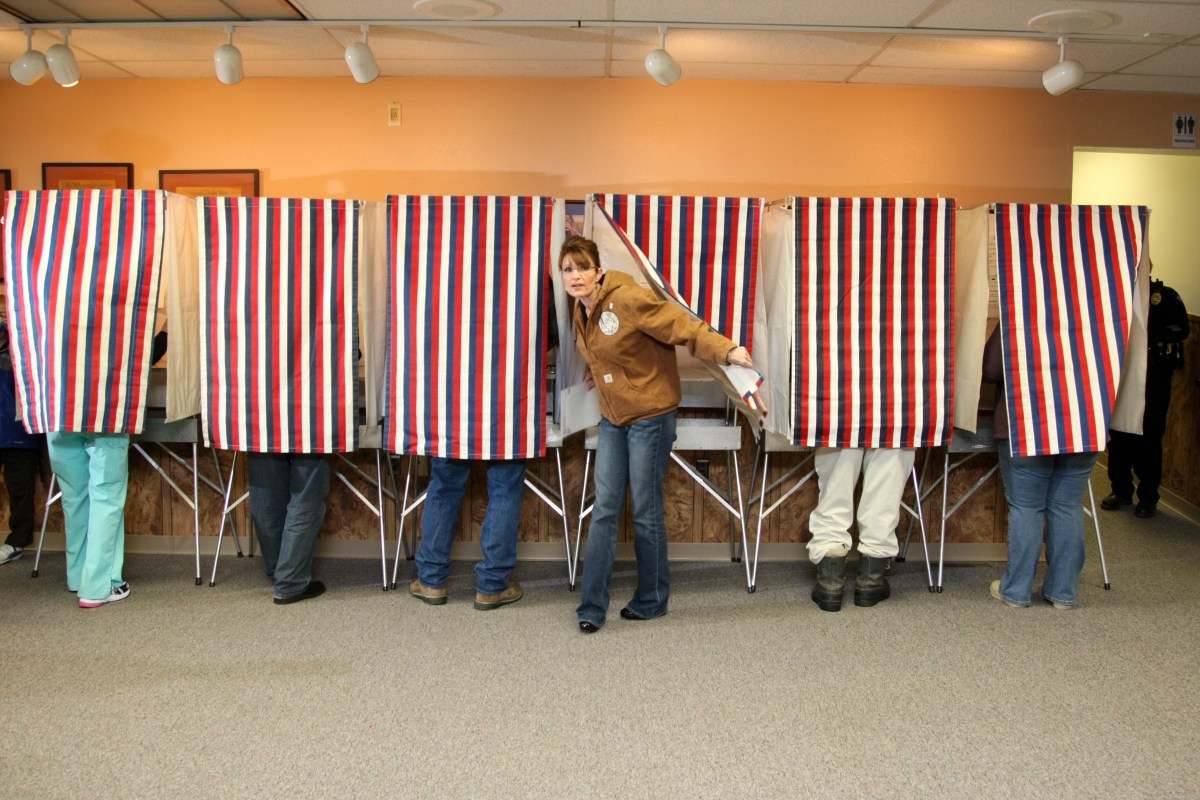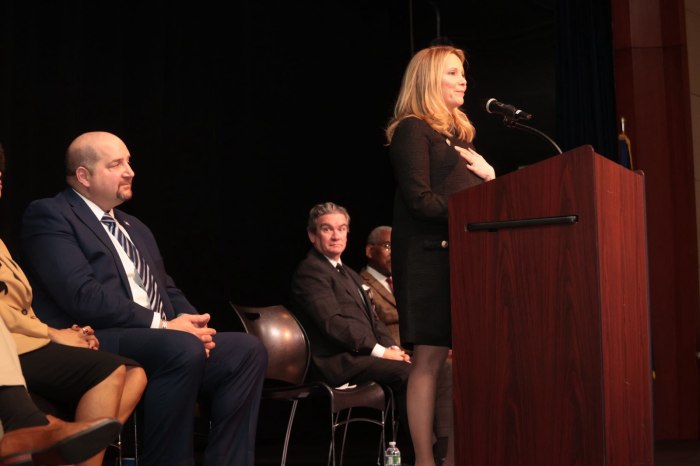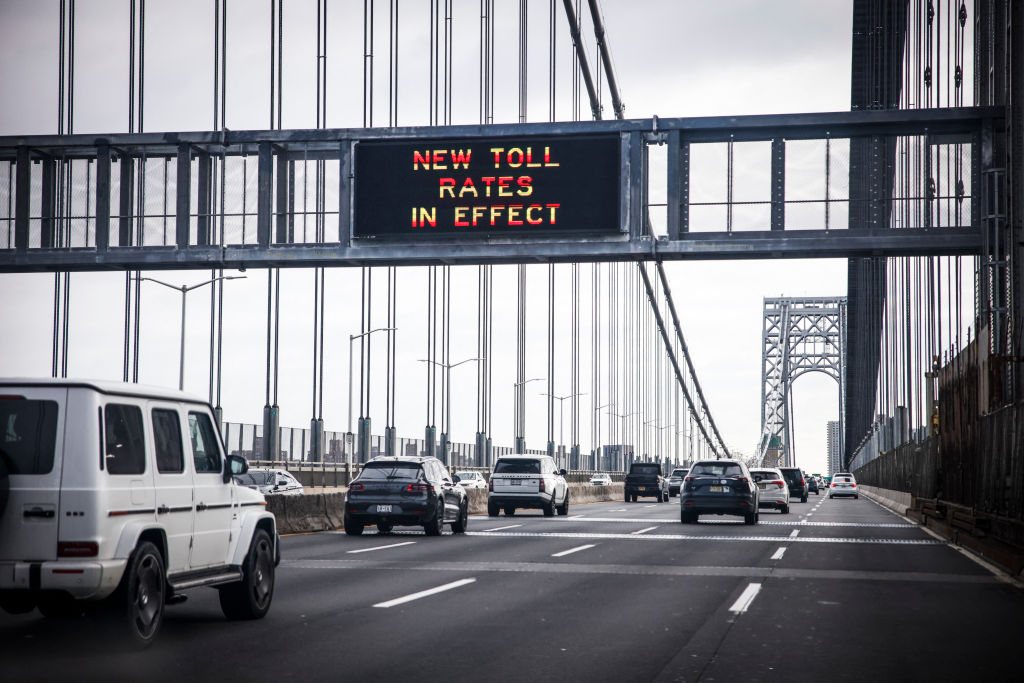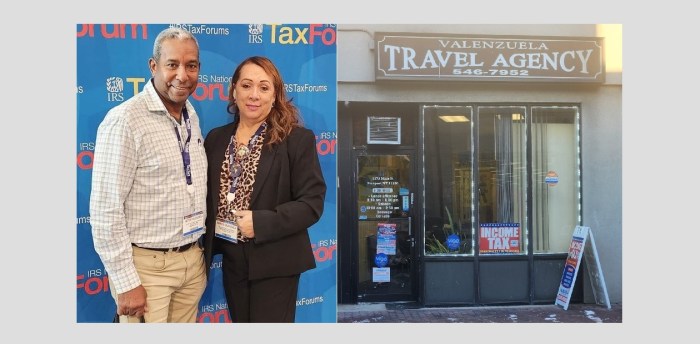By Alec MacGillis ProPublica
This story was co-published with The New York Times’ Sunday Review.
It is one of the central political puzzles of our time: Parts of the country that depend on the safety-net programs supported by Democrats are increasingly voting for Republicans who favor shredding that net.
In his successful bid for the Senate in 2010, the libertarian Rand Paul railed against “intergenerational welfare” and said that “the culture of dependency on government destroys people’s spirits,” yet racked up winning margins in eastern Kentucky, a former Democratic stronghold that is heavily dependent on public benefits. Last year, Paul R. LePage, the fiercely anti-welfare Republican governor of Maine, was re-elected despite a highly erratic first term — with strong support in struggling towns where many rely on public assistance. And earlier this month, Kentucky elected as governor a conservative Republican who had vowed to largely undo the Medicaid expansion that had given the state the country’s largest decrease in the uninsured under Obamacare, with roughly one in 10 residents gaining coverage.
It’s enough to give Democrats the willies as they contemplate a map where the red keeps seeping outward, confining them to ever narrower redoubts of blue. The temptation for coastal liberals is to shake their heads over those godforsaken white-working-class provincials who are voting against their own interests.
But this reaction misses the complexity of the political dynamic that’s taken hold in these parts of the country. It misdiagnoses the Democratic Party’s growing conundrum with working-class white voters. And it also keeps us from fully grasping what’s going on in communities where conditions have deteriorated to the point where researchers have detected alarming trends in their mortality rates.
In eastern Kentucky and other former Democratic bastions that have swung Republican in the past several decades, the people who most rely on the safety-net programs secured by Democrats are, by and large, not voting against their own interests by electing Republicans. Rather, they are not voting, period. They have, as voting data, surveys and my own reporting suggest, become profoundly disconnected from the political process.
The people in these communities who are voting Republican in larger proportions are those who are a notch or two up the economic ladder — the sheriff’s deputy, the teacher, the highway worker, the motel clerk, the gas station owner and the coal miner. And their growing allegiance to the Republicans is, in part, a reaction against what they perceive, among those below them on the economic ladder, as a growing dependency on the safety net, the most visible manifestation of downward mobility in their declining towns.
These are voters like Pamela Dougherty, a 43-year-old nurse I encountered at a restaurant across from a Walmart in Marshalltown, Iowa, where she’d come to hear Rick Santorum, the conservative former Pennsylvania senator with a working-class pitch, just before the 2012 Iowa caucuses. In a lengthy conversation, Dougherty talked candidly about how she had benefited from government support. After having her first child as a teenager, marrying young and divorcing, Dougherty had faced bleak prospects. But she had gotten safety-net support — most crucially, taxpayer-funded tuition breaks to attend community college, where she’d earned her nursing degree.
She landed a steady job at a nearby dialysis center and remarried. But this didn’t make her a lasting supporter of safety-net programs like those that helped her. Instead, Dougherty had become a staunch opponent of them. She was reacting, she said, against the sense of entitlement she saw on display at the dialysis center. The federal government has for years covered kidney dialysis treatment in outpatient centers through Medicare, regardless of patients’ age, partly on the logic that treatment allows people with kidney disease to remain productive. But, Dougherty said, only a small fraction of the 54 people getting dialysis at her center had regular jobs.
“People waltz in when they want to,” she said, explaining that, in her opinion, there was too little asked of patients. There was nothing that said “‘You’re getting a great benefit here, why not put in a little bit yourself.'” At least when she got her tuition help, she said, she had to keep up her grades. “When you’re getting assistance, there should be hoops to jump through so that you’re paying a price for your behavior,” she said. “What’s wrong with that?”
Yes, citizens like Dougherty are at one level voting against their own economic self-interest, to the extent that the Republican approach on taxes is slanted more to the wealthy than that of the Democrats. This was the thesis of Thomas Frank’s 2004 best seller, “What’s the Matter With Kansas,” which argued that these voters had been distracted by social issues like guns and abortion. But on another level, these voters are consciously opting against a Democratic economic agenda that they see as bad for them and good for other people — specifically, those undeserving benefit-recipients in their midst.
I’ve heard variations on this theme all over the country: people railing against the guy across the street who is collecting disability payments but is well enough to go fishing, the families using their food assistance to indulge in steaks. In Pineville, W.Va., in the state’s deeply depressed southern end, I watched in 2013 as a discussion with Senator Joe Manchin, a Democrat, quickly turned from gun control to the area’s reliance on government benefits, its high rate of opiate addiction, and whether people on assistance should be tested for drugs. Playing to the room, Senator Manchin declared, “If you’re on a public check, you should be subjected to a random check.”
It’s much the same across the border in eastern Kentucky, which, like southern West Virginia, has been devastated by the collapse of the area’s coal industry. Eastern Kentucky now shows up on maps as the most benefit-dependent region in the country. The welfare reforms of the 1990s have made cash assistance hard to come by, but food-stamp use in the state rose to more than 18 percent of households in 2012 from under 10 percent in 2001.
With reliance on government benefits so prevalent, it creates constant moments of friction, on very intimate terms, said Jim Cauley, a Democratic political consultant from Pike County, a former Democratic bastion in eastern Kentucky that has flipped Republican in the past decade. “There are a lot of people on the draw,” he said. Where opposition to the social safety net has long been fed by the specter of undeserving inner-city African-Americans — think of Ronald Reagan’s notorious “welfare queen” — in places like Pike County it’s fueled, more and more, by people’s resentment over rising dependency they see among their own neighbors, even their own families. “It’s Cousin Bobby — ‘he’s on Oxy and he’s on the draw and we’re paying for him,’ ” Cauley said. “If you need help, no one begrudges you taking the program — they’re good-hearted people. It’s when you’re able-bodied and making choices not to be able-bodied.” The political upshot is plain, Cauley added. “It’s not the people on the draw that’s voting against” the Democrats, he said. “It’s everyone else.”
This month, Pike County went 55 percent for the Republican candidate for governor, Matt Bevin. That’s the opposite of how the county voted a dozen years ago. In that election, Kentucky still sent a Republican to the governor’s mansion — but Pike County went for the Democratic candidate. And 30 percent fewer people voted in the county this month than did in 2003 — 11,223 voters in a county of 63,000, far below the county’s tally of food-stamp recipients, which was more than 17,000 in 2012.
In Maine, LePage was elected governor in 2010 by running on an anti-welfare platform in a state that has also grown more reliant on public programs — in 2013, the state ranked third in the nation for food-stamp use, just ahead of Kentucky. LePage, who grew up poor in a large family, has gone at safety-net programs with a vengeance. He slashed welfare rolls by more than half after imposing a five-year limit, reinstituted a work requirement for food-stamp recipients and refused to expand Medicaid under Obamacare to cover 60,000 people. He is now seeking to bar anyone with more than $5,000 in certain assets from receiving food stamps. “I’m not going to help anybody just for the sake of helping,” the governor said in September. “I am not that compassionate.”
His crusade has resonated with many in the state, who re-elected him last year.
That pattern is right in line with surveys, which show a decades-long decline in support for redistributive policies and an increase in conservatism in the electorate even as inequality worsens. There has been a particularly sharp drop in support for redistribution among older Americans, who perhaps see it as a threat to their own Social Security and Medicare. Meanwhile, researchers such as Kathryn Edin, of Johns Hopkins University, have pinpointed a tendency by Americans in the second lowest quintile of the income ladder — the working or lower-middle class — to dissociate themselves from those at the bottom, where many once resided. “There’s this virulent social distancing — suddenly, you’re a worker and anyone who is not a worker is a bad person,” said Edin. “They’re playing to the middle fifth and saying, ‘I’m not those people.’ ”
Meanwhile, many people who in fact most use and need social benefits are simply not voting at all. Voter participation is low among the poorest Americans, and in many parts of the country that have moved red, the rates have fallen off the charts. West Virginia ranked 50th for turnout in 2012; also in the bottom 10 were other states that have shifted sharply red in recent years, including Kentucky, Arkansas and Tennessee.
In the spring of 2012, I visited a free weekend medical and dental clinic run by the organization Remote Area Medical in the foothills of southern Tennessee. I wanted to ask the hundreds of uninsured people flocking to the clinic what they thought of President Obama and the Affordable Care Act, whose fate was about to be decided by the Supreme Court. I was expecting a “What’s the Matter With Kansas” reaction — anger at the president who had signed the law geared to help them. Instead, I found sympathy for Obama. But had they voted for him? Of course not — almost no one I spoke with voted, in local, state or national elections. Not only that, but they had barely heard of the health care law.
This political disconnect among lower-income Americans has huge ramifications — polls find nonvoters are far more likely to favor spending on the poor and on government services than are voters, and the gap grows even larger among poor nonvoters. In the early 1990s, Senator Mitch McConnell of Kentucky freely cited the desirability of having a more select electorate when he opposed an effort to expand voter registration. And this fall, Scott Jennings, a longtime McConnell adviser, reportedly said low turnout by poor Kentuckians explained why the state’s Obamacare gains wouldn’t help Democrats. “I remember being in the room when Jennings was asked whether or not Republicans were afraid of the electoral consequences of displacing 400,000–500,000 people who have insurance,” State Auditor Adam Edelen, a Democrat who lost his re-election bid this year, told Joe Sonka, a Louisville journalist. “And he simply said, ‘People on Medicaid don’t vote.’ ”
Republicans would argue that the shift in their direction among voters slightly higher up the ladder is the natural progression of things — people recognize that government programs are prolonging the economic doldrums and that Republicans have a better economic program.
So where does this leave Democrats and anyone seeking to expand and build lasting support for safety-net programs such as Obamacare?
For starters, it means redoubling efforts to mobilize the people who benefit from the programs. This is no easy task with the rural poor, who are much more geographically scattered than their urban counterparts. Not helping matters in this regard is the decline of local institutions like labor unions — while the United Mine Workers of America once drove turnout in coal country, today there is not a single unionized mine still operating in Kentucky.
But it also means reckoning with the other half of the dynamic — finding ways to reduce the resentment that those slightly higher on the income ladder feel toward dependency in their midst. One way to do this is to make sure the programs are as tightly administered as possible. Instances of fraud and abuse are far rarer than welfare opponents would have one believe, but it only takes a few glaring instances to create a lasting impression. Edin, the Hopkins researcher, suggests going further and making it easier for those collecting disability to do part-time work over the table, not just to make them seem less shiftless in the eyes of their neighbors, but to reduce the recipients’ own sense of social isolation.
The best way to reduce resentment, though, would be to bring about true economic growth in the areas where the use of government benefits is on the rise, the sort of improvement that is now belatedly being discussed for coal country, including on the presidential campaign trail. If fewer people need the safety net to get by, the stigma will fade, and low-income citizens will be more likely to re-engage in their communities — not least by turning out to vote.
Related stories: For more coverage of politics, read ProPublica’s previous reporting on Hillary Clinton’s mixed record on Wall Street, how the gas tax impasse explains Washington and how Congress explains its absences.
ProPublica is a Pulitzer Prize-winning investigative newsroom. Sign up for their newsletter.
































